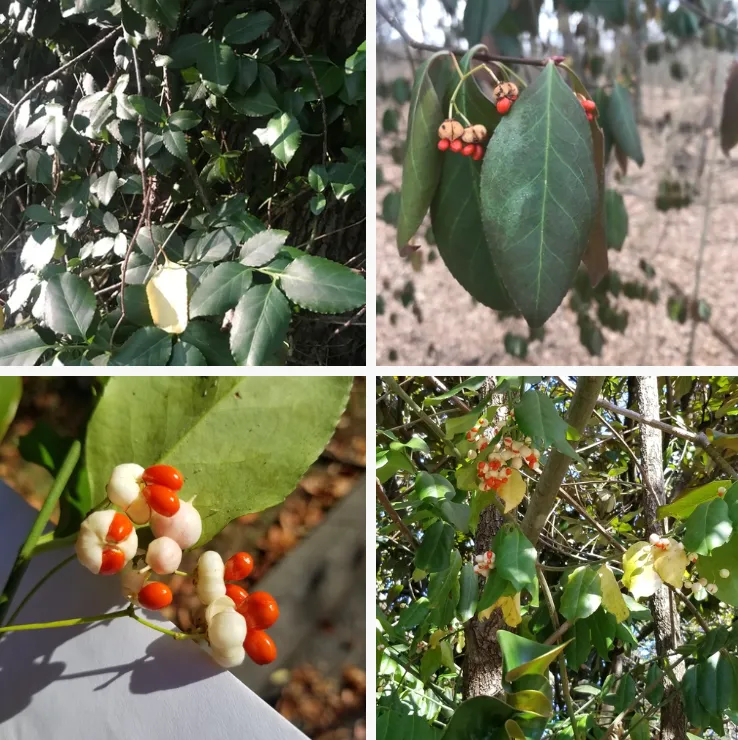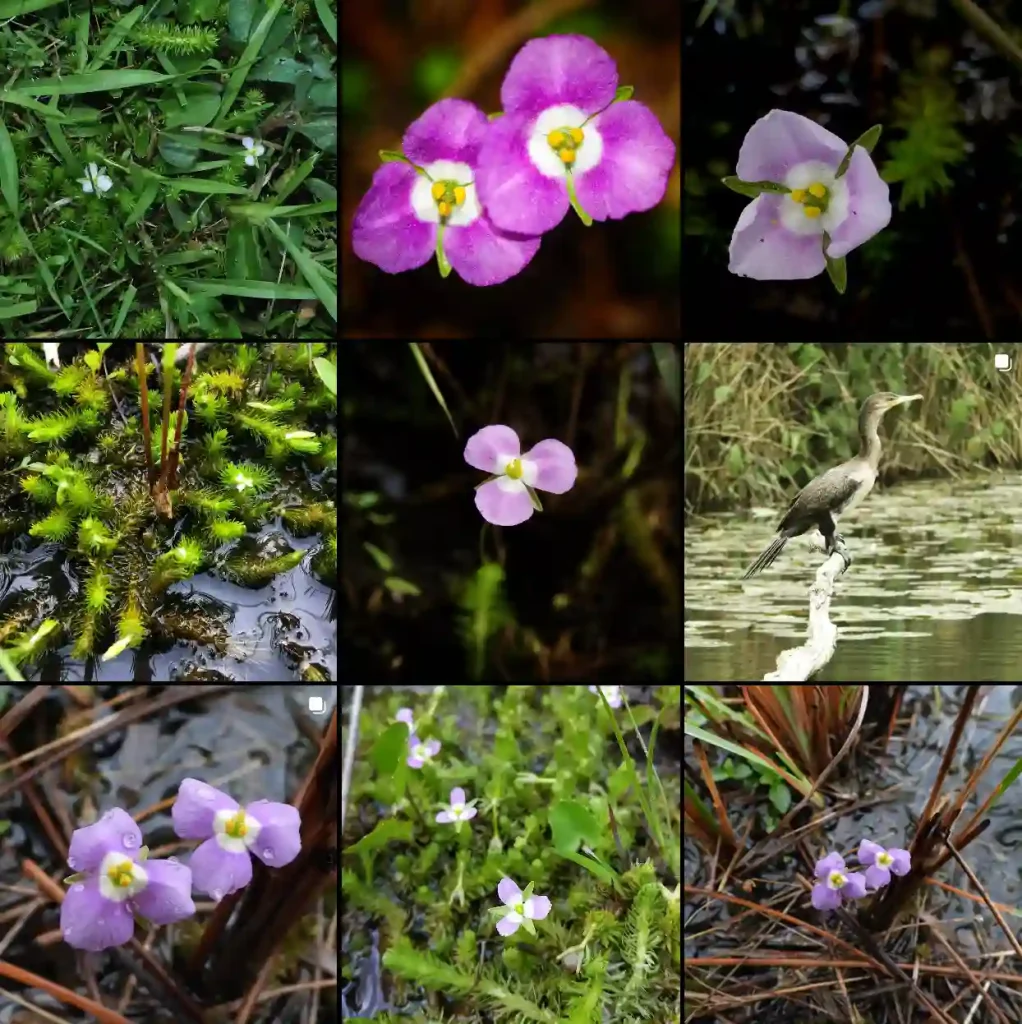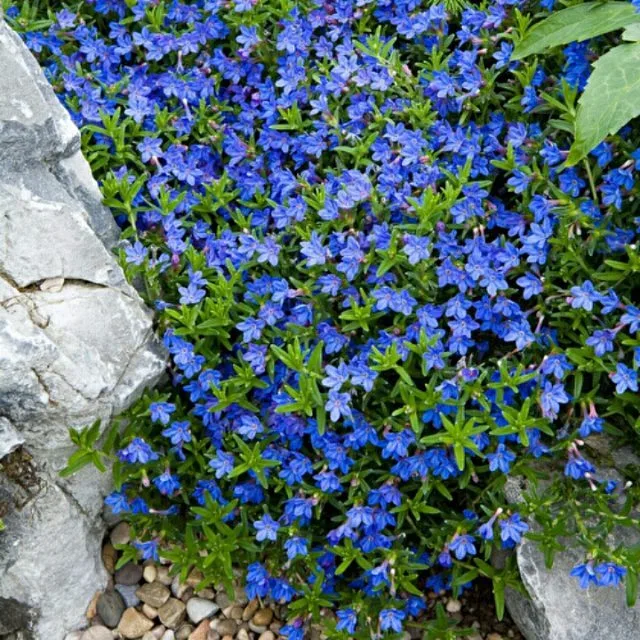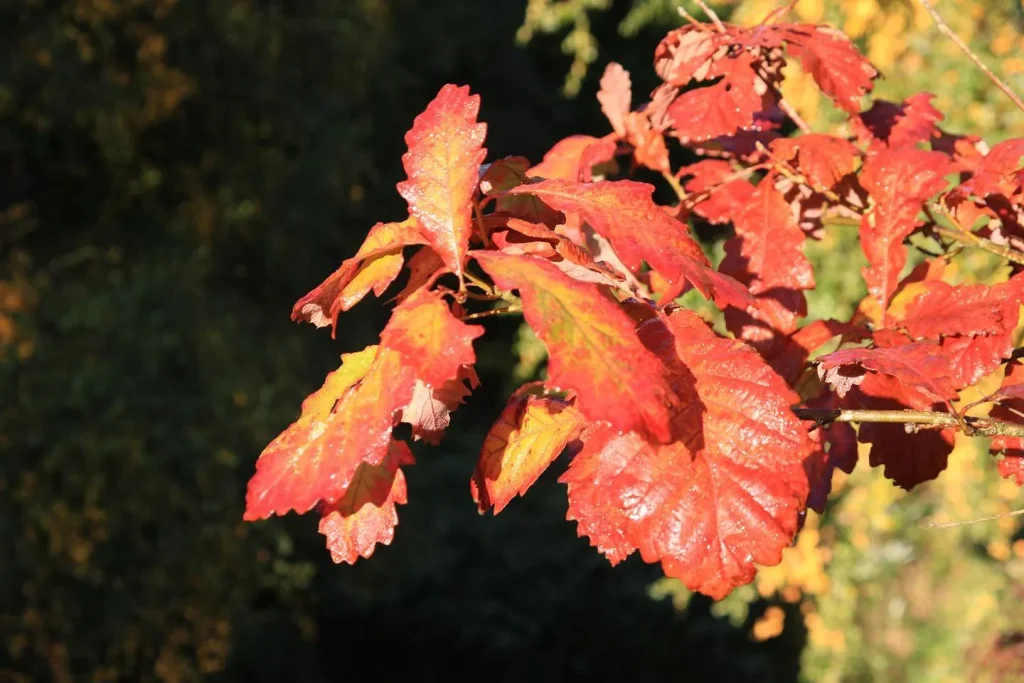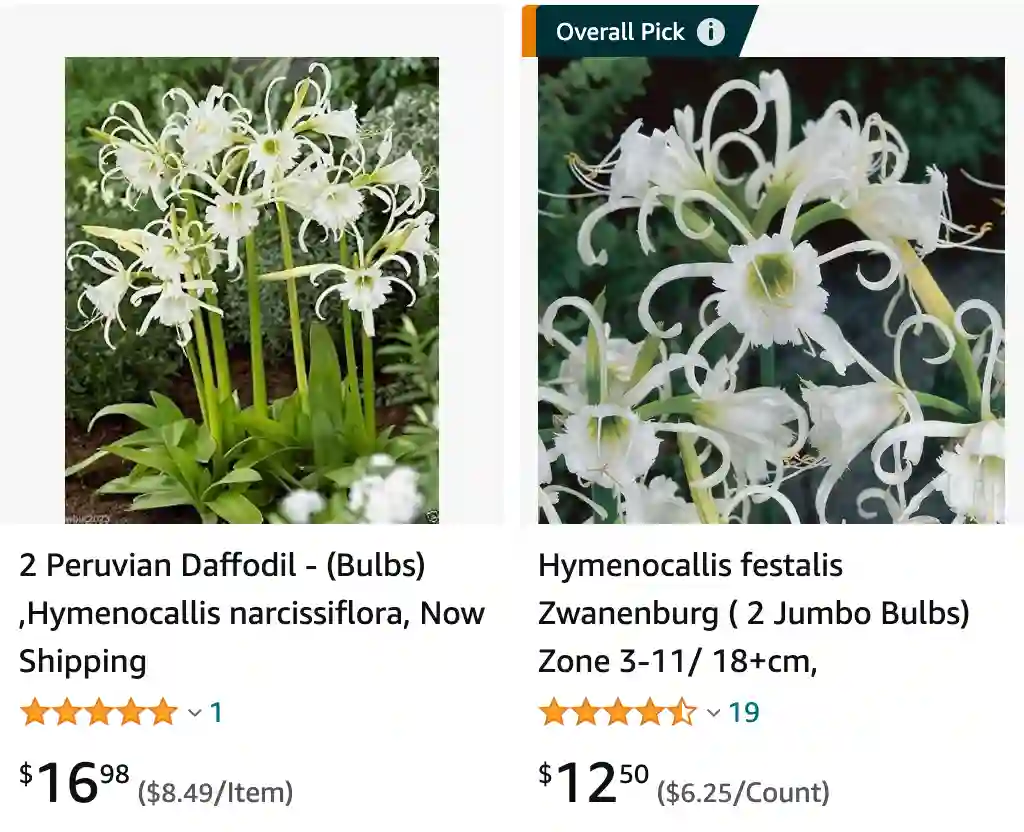
Hymenocallis: A Gardener’s Delight
As a passionate gardener, I’ve always been drawn to the beauty and elegance of unique plant species. Among my favorites is the Hymenocallis genus, a collection of bulbous plants known for their striking flowers and graceful foliage. In this article, I’ll delve into the world of Hymenocallis, exploring its various species, cultivation techniques, and the captivating allure that has made it a beloved choice for gardeners worldwide.
The Genus Hymenocallis
Hymenocallis, commonly referred to as spider lilies or Peruvian daffodils, belongs to the Amaryllidaceae family. Native to tropical and subtropical regions of the Americas, these plants are renowned for their distinctive floral structure. Each flower consists of a long, slender tube surrounded by a ring of strap-like petals, giving it a spider-like appearance. The genus encompasses a diverse range of species, each with its own unique characteristics and beauty.
Hymenocallis offers a wealth of species to choose from, catering to various gardening preferences and climates. Here are:
- Hymenocallis acutifolia (Herb. ex Sims) Sweet
- Hymenocallis araniflora T.M.Howard
- Hymenocallis arenicola Northr.
- Hymenocallis astrostephana T.M.Howard
- Hymenocallis azteciana Traub
- Hymenocallis baumlii Ravenna
- Hymenocallis bolivariana Traub
- Hymenocallis caribaea (L.) Herb.
- Hymenocallis choctawensis Traub
- Hymenocallis choretis Hemsl.
- Hymenocallis cleo Ravenna
- Hymenocallis clivorum Laferr.
- Hymenocallis concinna Baker
- Hymenocallis cordifolia Micheli
- Hymenocallis coronaria (Leconte) Kunth
- Hymenocallis crassifolia Herb.
- Hymenocallis durangoensis T.M.Howard
- Hymenocallis duvalensis Traub ex Laferr.
- Hymenocallis eucharidifolia Baker
- Hymenocallis fragrans (Salisb.) Salisb.
- Hymenocallis franklinensis Ger.L.Sm., L.C.Anderson & Flory
- Hymenocallis gholsonii G.Lom.Sm. & Garland
- Hymenocallis gigantiflora Meerow
- Hymenocallis glauca (Zucc.) M.Roem.
- Hymenocallis godfreyi G.L.Sm. & Darst
- Hymenocallis graminifolia Greenm.
- Hymenocallis guatemalensis Traub
- Hymenocallis guerreroensis T.M.Howard
- Hymenocallis harrisiana Herb.
- Hymenocallis henryae Traub
- Hymenocallis howardii Bauml
- Hymenocallis imperialis T.M.Howard
- Hymenocallis incaica Ravenna
- Hymenocallis jaliscensis M.E.Jones
- Hymenocallis latifolia (Mill.) M.Roem.
- Hymenocallis leavenworthii (Standl. & Steyerm.) Bauml
- Hymenocallis lehmilleri T.M.Howard
- Hymenocallis limaensis Traub
- Hymenocallis liriosme (Raf.) Shinners
- Hymenocallis littoralis (Jacq.) Salisb. Plant FAQs: Hymenocallis Littoralis
- Hymenocallis lobata Klotzsch
- Hymenocallis longibracteata Hochr.
- Hymenocallis maximiliani T.M.Howard
- Hymenocallis multiflora Vargas
- Hymenocallis occidentalis (Leconte) Kunth
- Hymenocallis ornata (C.D.Bouché) M.Roem.
- Hymenocallis ovata (Mill.) M.Roem.
- Hymenocallis palmeri S.Watson
- Hymenocallis partita Ravenna
- Hymenocallis phalangidis Bauml
- Hymenocallis pimana Laferr.
- Hymenocallis portamonetensis Ravenna
- Hymenocallis praticola Britton & P.Wilson
- Hymenocallis proterantha Bauml
- Hymenocallis pumila Bauml
- Hymenocallis pygmaea Traub
- Hymenocallis rotata (Ker Gawl.) Herb.
- Hymenocallis schizostephana Worsley
- Hymenocallis sonorensis Standl.
- Hymenocallis speciosa (L.f. ex Salisb.) Salisb.
- Hymenocallis tridentata Small
- Hymenocallis tubiflora Salisb.
- Hymenocallis vasconcelosii García-Mend.
- Hymenocallis venezuelensis Traub
- Hymenocallis woelfleana T.M.Howard
- Hymenocallis ximixtlanensis J.Jiménez Ram., Cruz Durán & E.García-Gran.
How to plant Hymenocallis bulbs?
Last spring, I planted some Hymenocallis bulbs for the first time, and they’ve been a real delight in my garden! Here’s what I learned:
First, planting time seems to depend on where you live. In my climate (temperate zone with mild winters), planting in late spring or even early summer worked well. But if you have hot summers, fall planting might be better.
When it comes to location, I found these bulbs like a sunny spot with some afternoon shade. They also seem happy in my well-draining flower beds – I added some extra sand to the soil mix to make sure water doesn’t get bogged down.
Planting itself was pretty straightforward. I dug holes just deep enough to have the bulb’s neck peeking slightly above the soil surface. I read you can plant them a bit deeper in warmer climates, but for me, shallow planting seemed to do the trick.
Watering is key, especially during the first few weeks after planting. I aimed to keep the soil moist but not soggy, letting the top inch or two dry out between waterings.
Now the most rewarding part – the blooms! They’re these gorgeous white spider-like flowers that started appearing in midsummer and kept going strong for weeks. They look amazing in the garden and even attract hummingbirds! Overall, Hymenocallis bulbs haven’t been too fussy and have added a touch of elegance to my summer flowers.
When to plant Hymenocallis bulbs?
Timing is crucial when it comes to planting Hymenocallis bulbs. I prefer to plant them in late spring or early summer when the soil has warmed up, typically after the danger of frost has passed. This timing allows the bulbs to establish their roots before the harsh conditions of winter arrive. Plus, planting them during this period gives them a good head start for flowering in the following growing season.
Are Hymenocallis deer resistant?
Deer can be quite a nuisance in my area, so having deer-resistant plants is a must for me. Fortunately, Hymenocallis bulbs fall into that category. While deer might nibble on almost anything when food is scarce, they tend to avoid Hymenocallis due to its toxicity. It’s a relief knowing that my garden is less likely to become a buffet for wandering deer, allowing my Hymenocallis to flourish undisturbed.
Is Crinum lily and Hymenocallis the same thing?
Crinum lily and Hymenocallis may look similar at first glance, but they are indeed different plants. While they both belong to the Amaryllidaceae family, they have distinct characteristics. Hymenocallis typically has strap-like leaves and produces clusters of white, spider-like flowers, while Crinum lily often has wider leaves and larger, trumpet-shaped flowers. Each has its own unique charm, adding diversity to my garden landscape.
When to divide Hymenocallis?
Dividing Hymenocallis is something I do every few years to maintain their health and vigor. I usually wait until late summer or early autumn when the foliage has died back naturally. Carefully digging around the clump, I separate the bulbs, making sure each division has a good portion of roots attached. Then, I replant them in well-prepared soil, spacing them adequately to allow for future growth. It’s a task that requires patience and precision, but it ensures that my Hymenocallis continue to thrive for years to come.
If i die, water my plants!
